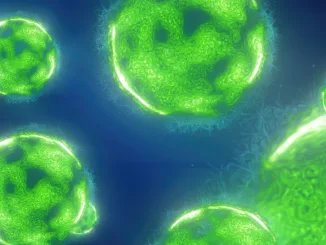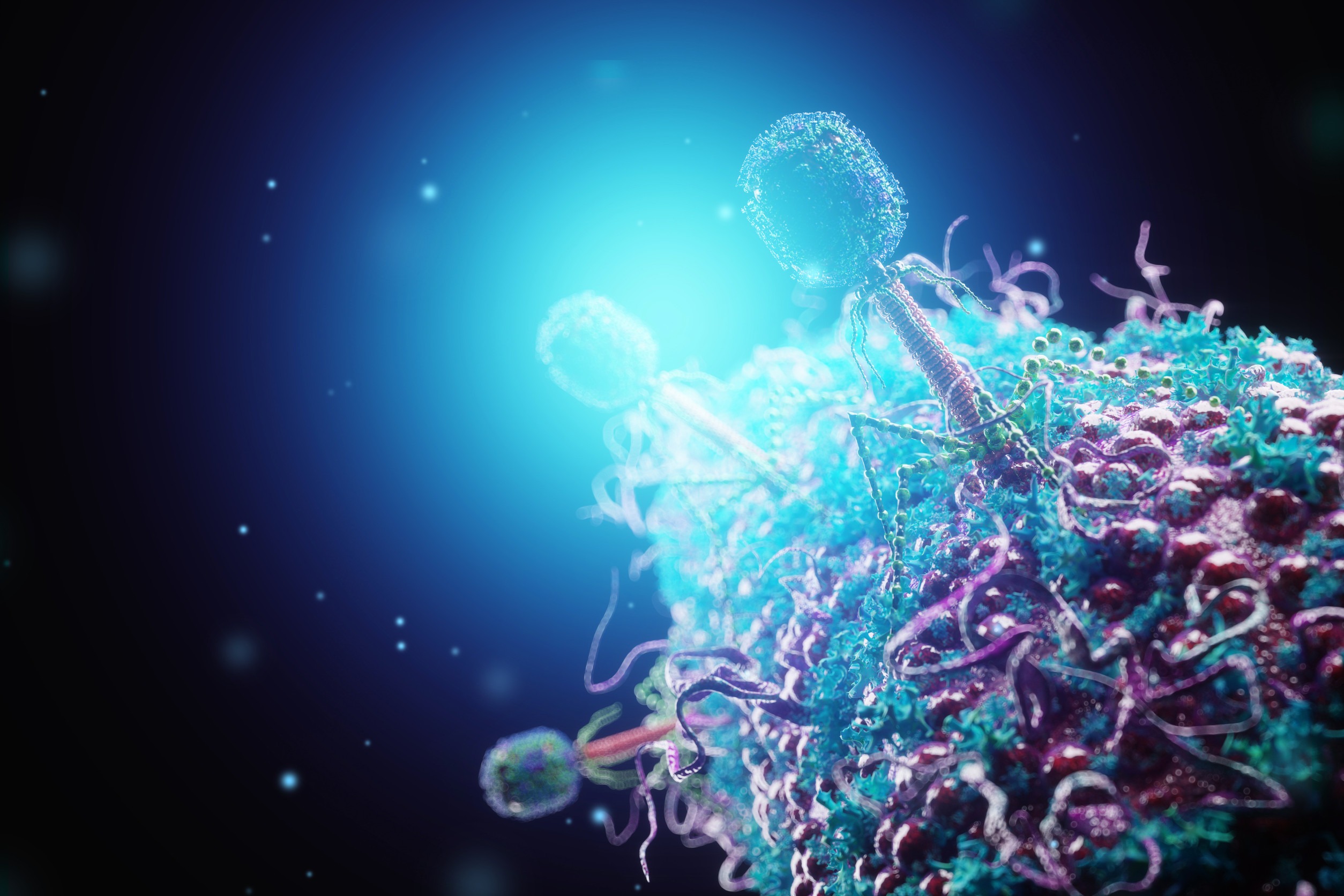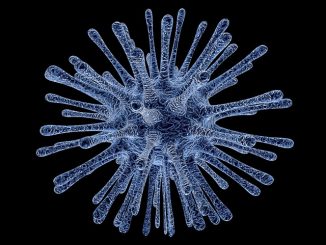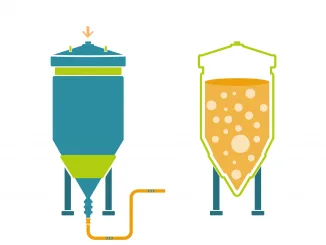
What Are Nitazenes and Why Are They Considered More Addictive or Dangerous Than Fentanyl?
What Are Nitazenes? Nitazenes are a family of synthetic opioids originally created in the 1950s during pharmaceutical research. They were never approved for medical use […]
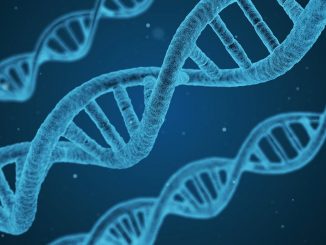

![DNA. Nucleic acid purification. Okazaki fragments. PCR (digital PCR [dPCR], multiplex digital PCR, qPCR), DNA Repair, DNA Replication in Eukaryotes, DNA replication in prokaryotes, DNA barcoding](https://foodwrite.co.uk/wp-content/uploads/2016/11/dna-geralt-pixaby-03539309_640-326x245.jpg)
